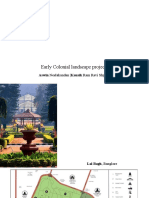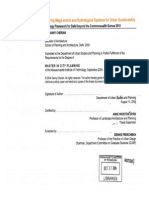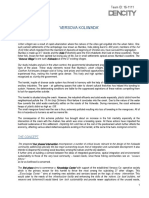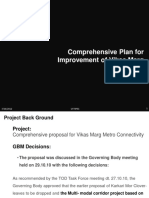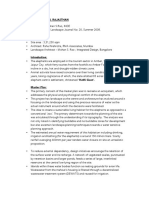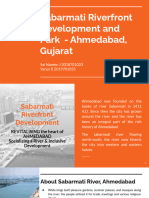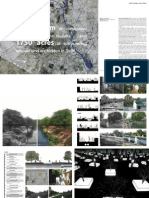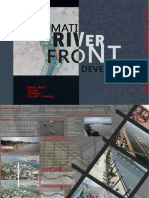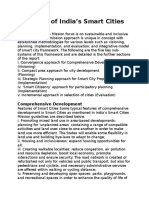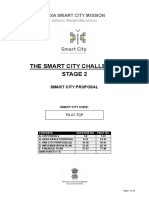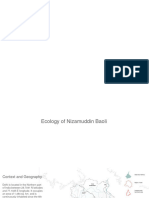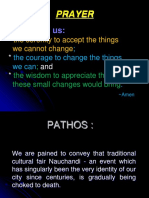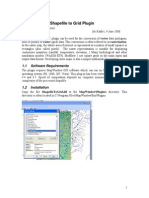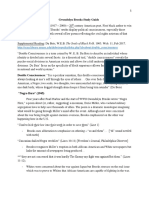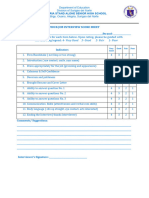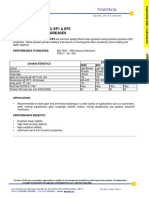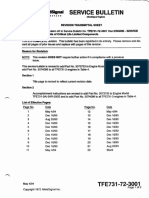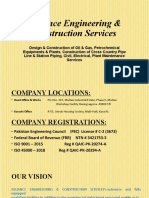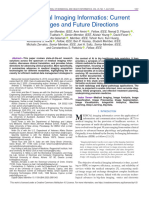0% found this document useful (0 votes)
270 views4 pagesUrban Ecology: Yamuna River Project
This book review summarizes a book titled "Yamuna River Project: New Delhi Urban Ecology" which documents a project aimed at rejuvenating the Yamuna River in Delhi, India. It discusses how the river, once central to the city, is now heavily polluted after being ignored for decades. The book combines research and mapping to present a comprehensive history of Delhi's urban development and its impact on water systems. It proposes a vision for restoring connections between the city and river through green infrastructure, improving the environmental and living conditions of Delhi residents.
Uploaded by
Soumya UttamCopyright
© © All Rights Reserved
We take content rights seriously. If you suspect this is your content, claim it here.
Available Formats
Download as PDF, TXT or read online on Scribd
0% found this document useful (0 votes)
270 views4 pagesUrban Ecology: Yamuna River Project
This book review summarizes a book titled "Yamuna River Project: New Delhi Urban Ecology" which documents a project aimed at rejuvenating the Yamuna River in Delhi, India. It discusses how the river, once central to the city, is now heavily polluted after being ignored for decades. The book combines research and mapping to present a comprehensive history of Delhi's urban development and its impact on water systems. It proposes a vision for restoring connections between the city and river through green infrastructure, improving the environmental and living conditions of Delhi residents.
Uploaded by
Soumya UttamCopyright
© © All Rights Reserved
We take content rights seriously. If you suspect this is your content, claim it here.
Available Formats
Download as PDF, TXT or read online on Scribd
/ 4



